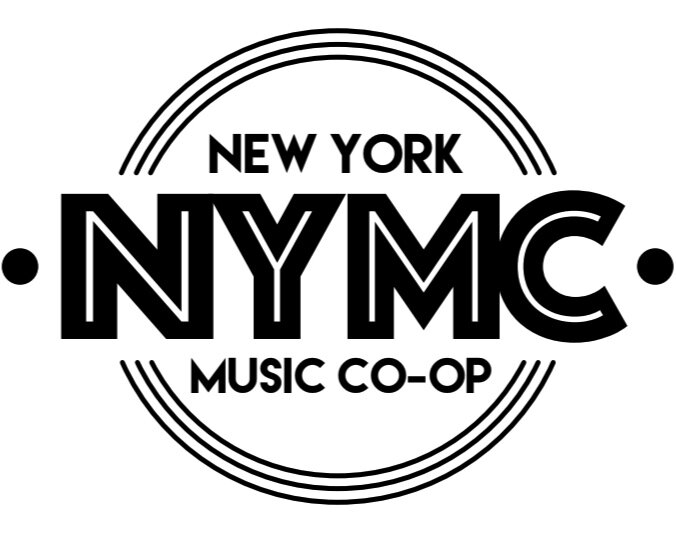This Common Chord Progression is a MUST learn…
Have you ever wondered what the most popular chord progression is? While it may be impossible to get an exact tally of every song, there is one progression that seems to pop up all the time in modern music, the I - V - vi - IV. See below for the progression in all 12 keys.
“Lesser artists borrow. Great artists steal.”
If you’re not familiar, most scales we use in modern music are made up of seven notes. We can then harmonize those notes to create seven basic chords that fit in that key, which are labeled with upper and lower case roman numerals. While songwriters are in no way limited to just those seven chords, a lot of popular music sticks to chords that are within the key. Out of those seven, the I - V - vi - IV progression sticks out as a favorite
“The Edge of Glory” uses the I V iv IV progression in A Major
So, what is it that draws people to this chord progression in particular? It’s hard to say for sure. Music has been around longer than written language, so it’s possible we’ll never know who first came up with the progression. It can be seen in various genres of music, along with its variations, dating back hundreds of years.
“Clean” uses this progression in B major.
This brings us to an important point summed up best by Igor Stravinsky - “Lesser artists borrow, great artists steal.”
Regardless of who came up with the progression, it was clearly a sound that people liked. From then on people have been taking those same four chords and adding their own flavor to it, creating something brand new while keeping a sense of familiarity.
If you’d like to learn how to play these chords or any of the hundreds of songs that use them, check out our video titled “The First Four Chords You Should Learn.” And if you’re ready to take your knowledge and playing to the next level, consider lessons with one of our fantastic teachers!
“Numb” uses a rotation of this progression: vi–IV–I–V in the key of F#
The Progression in all 12 keys

